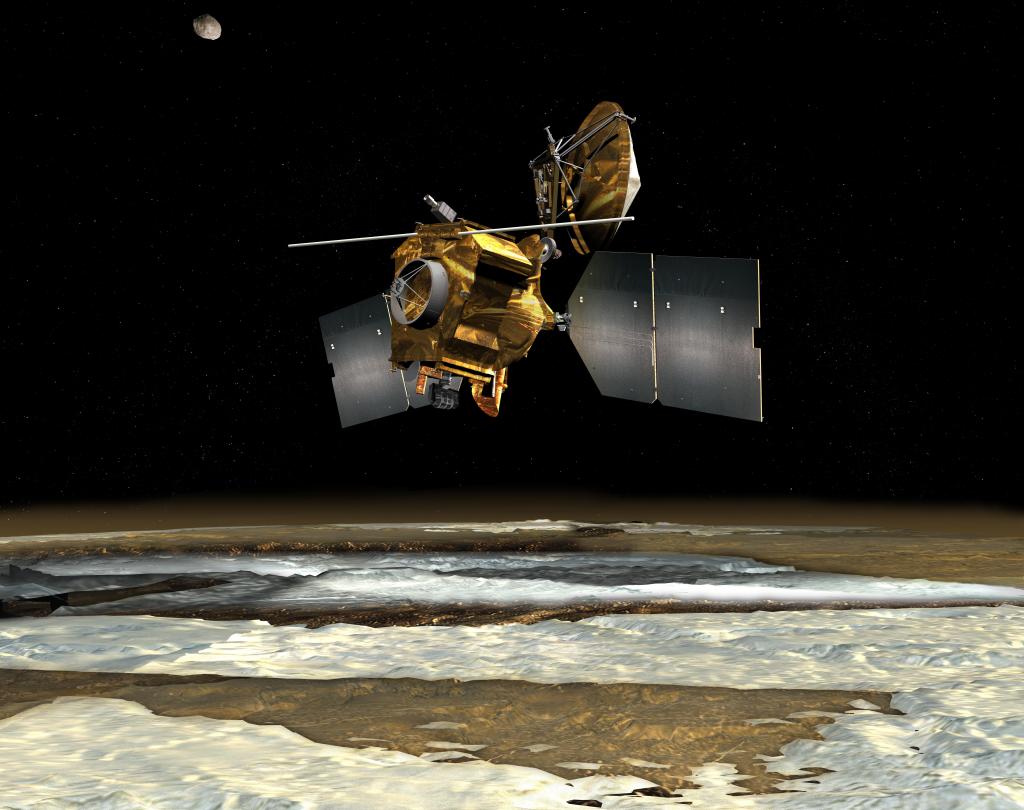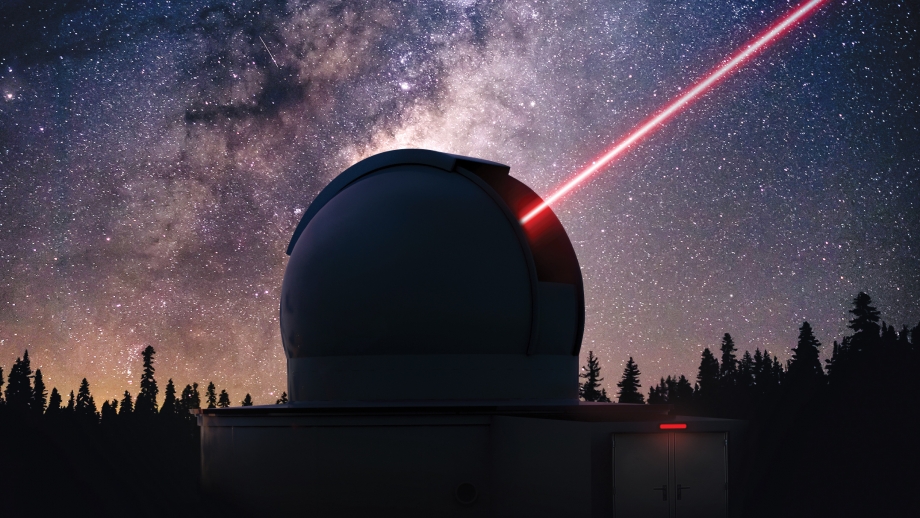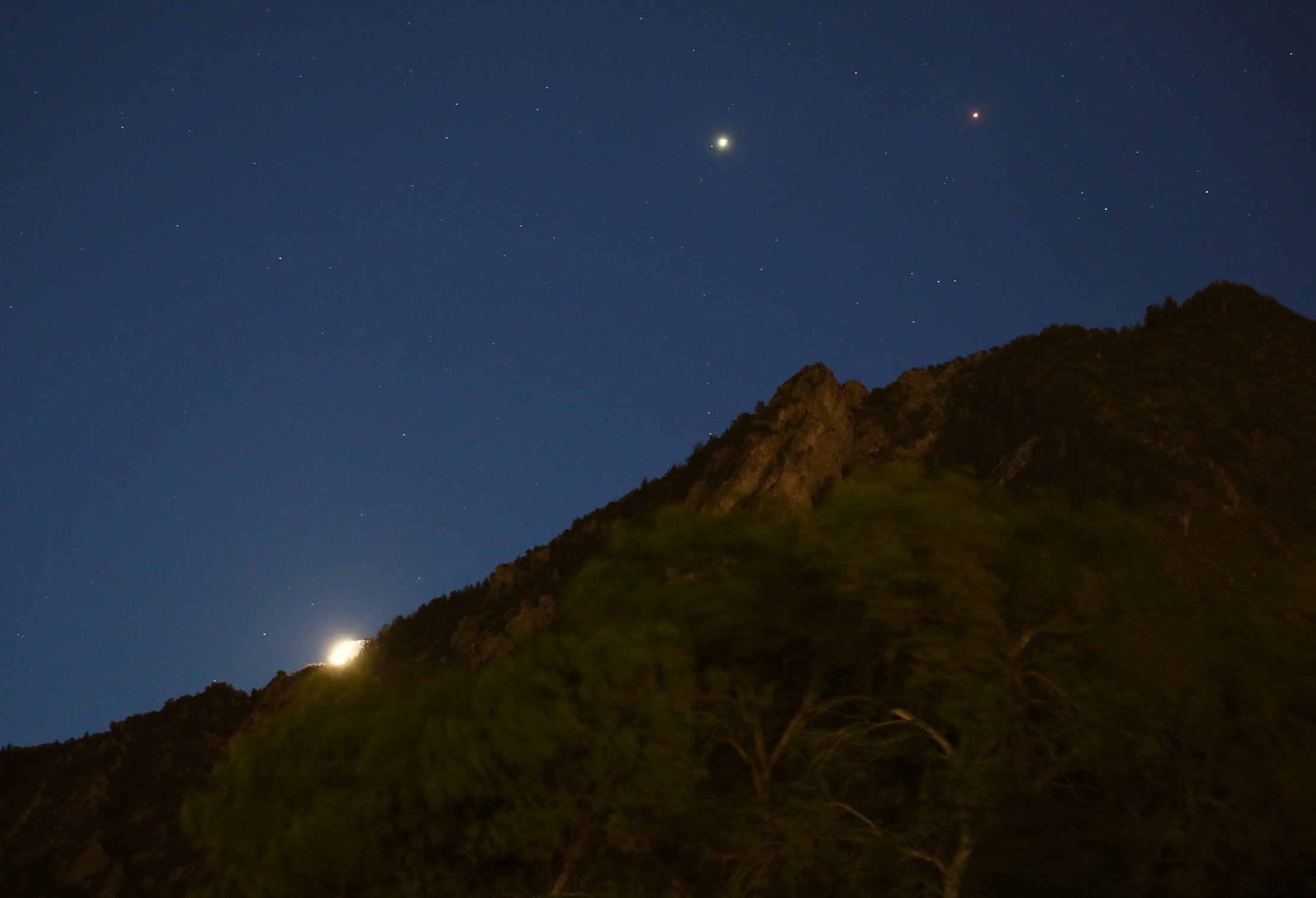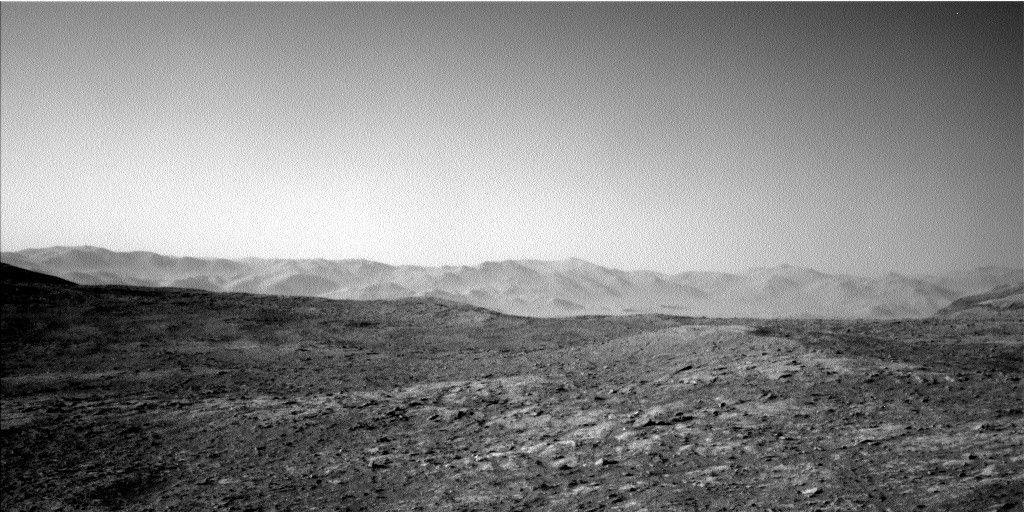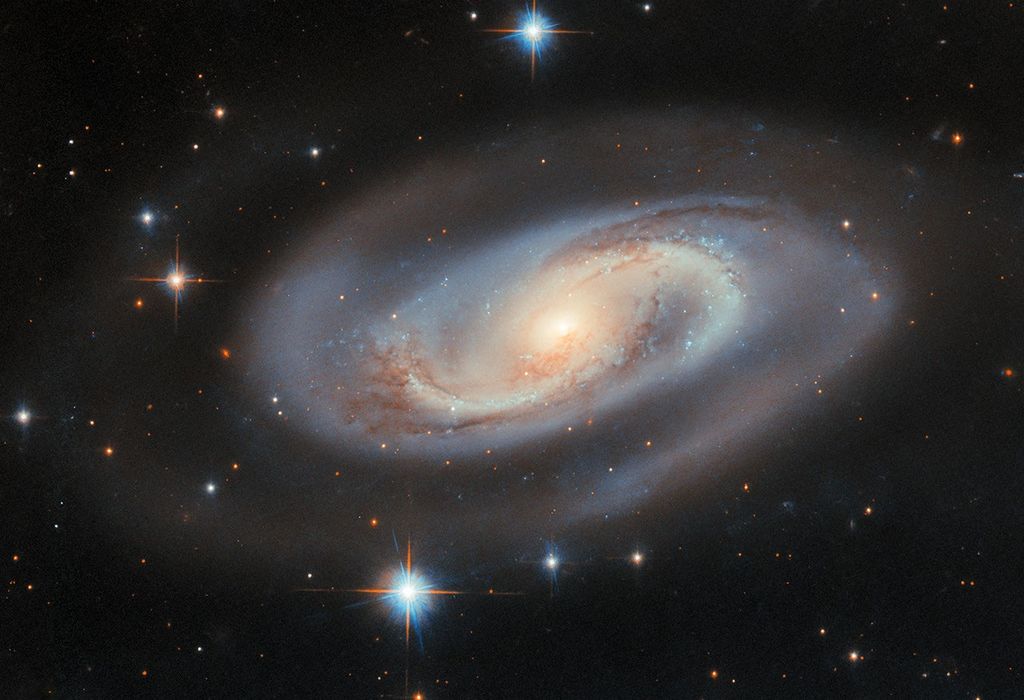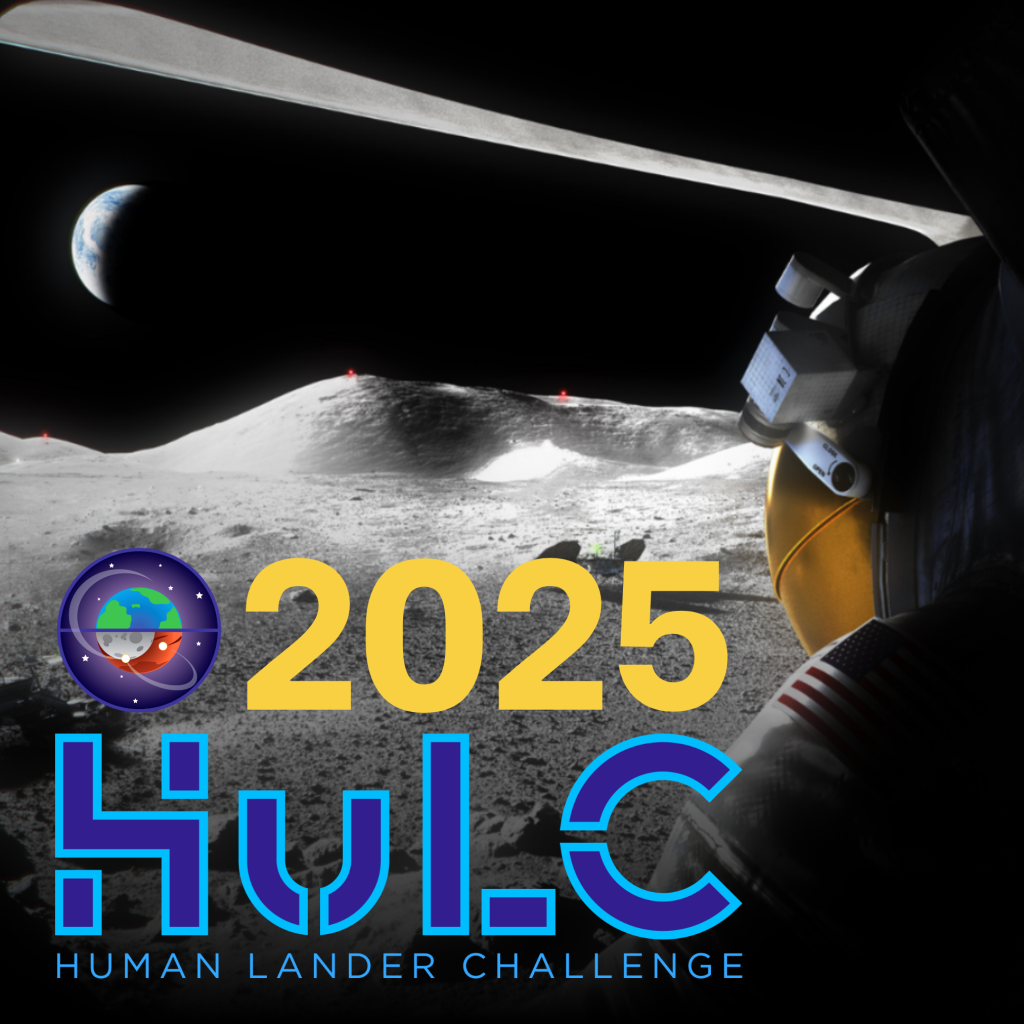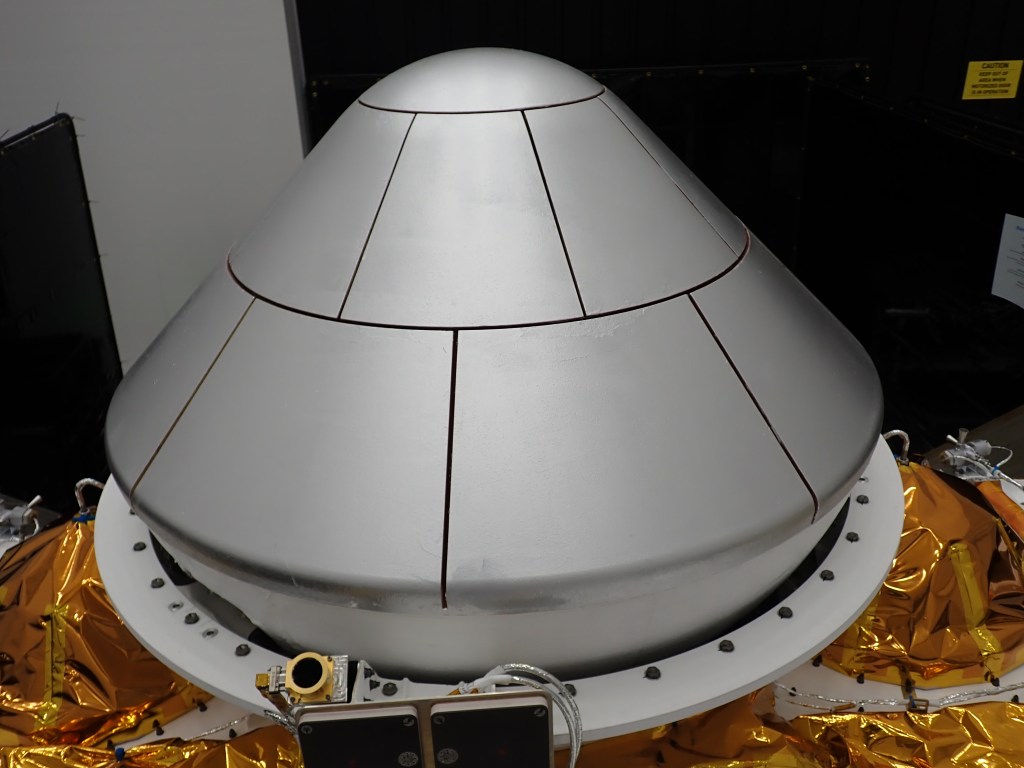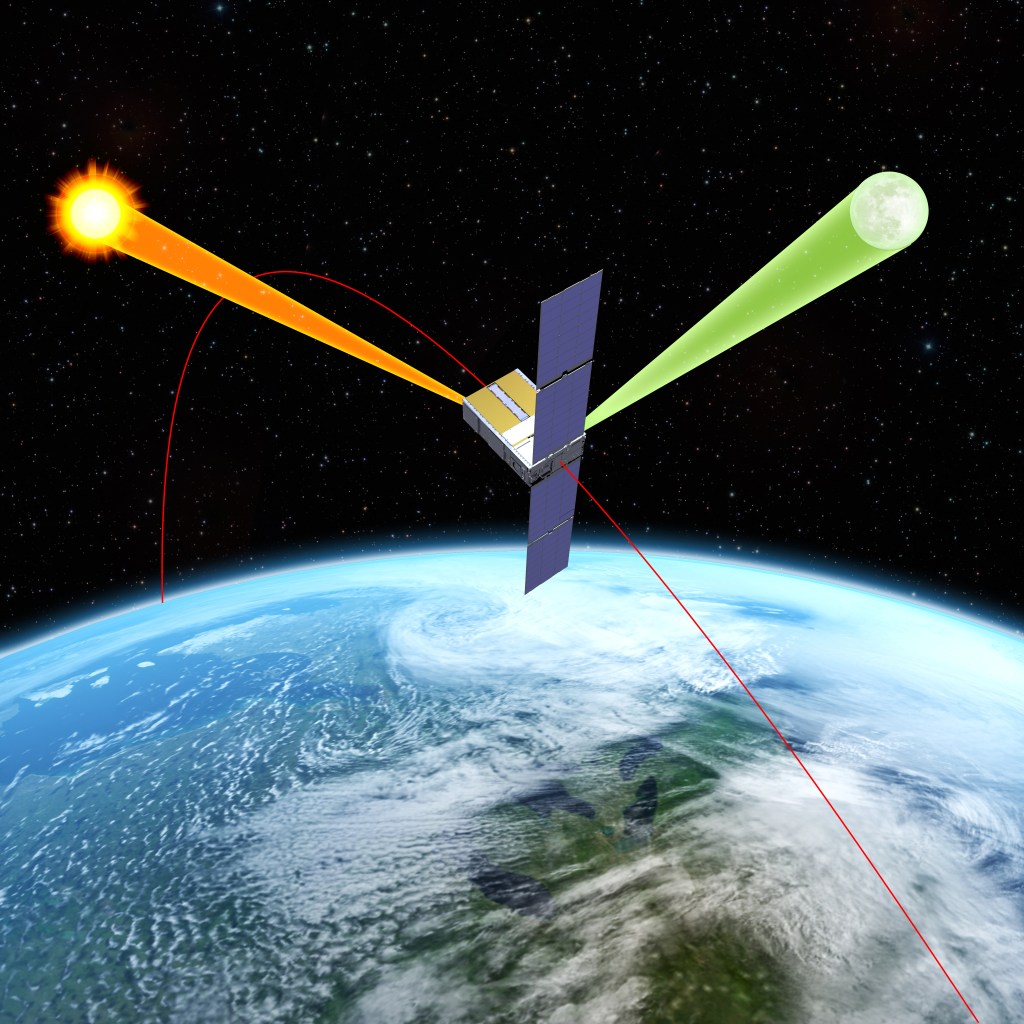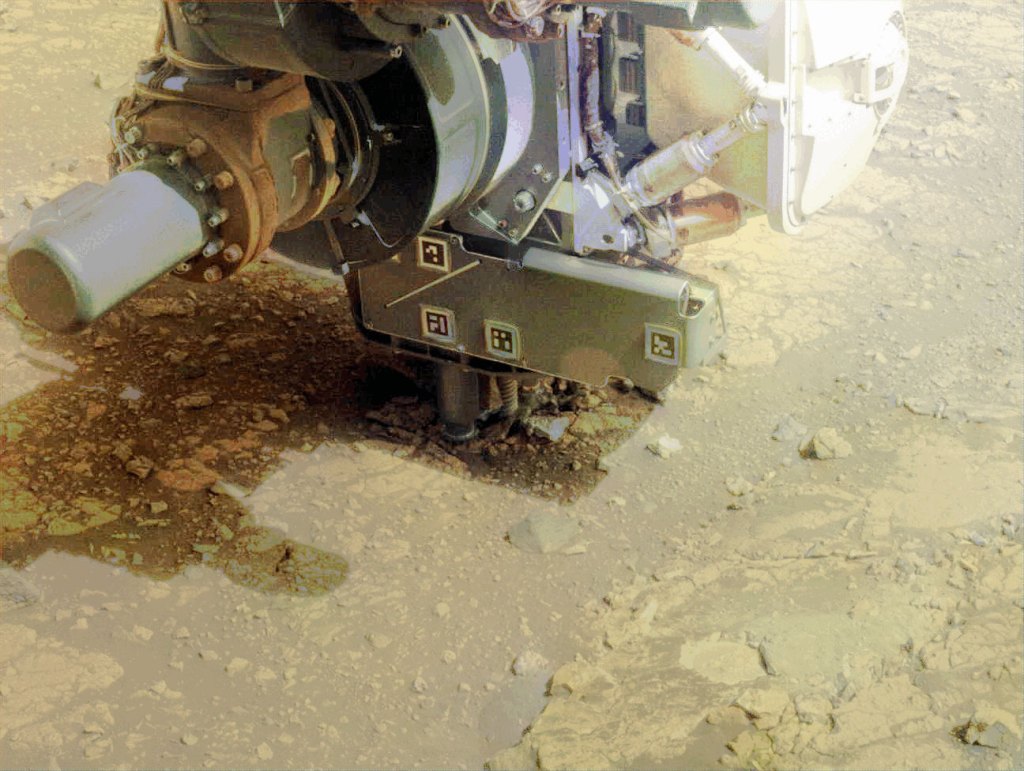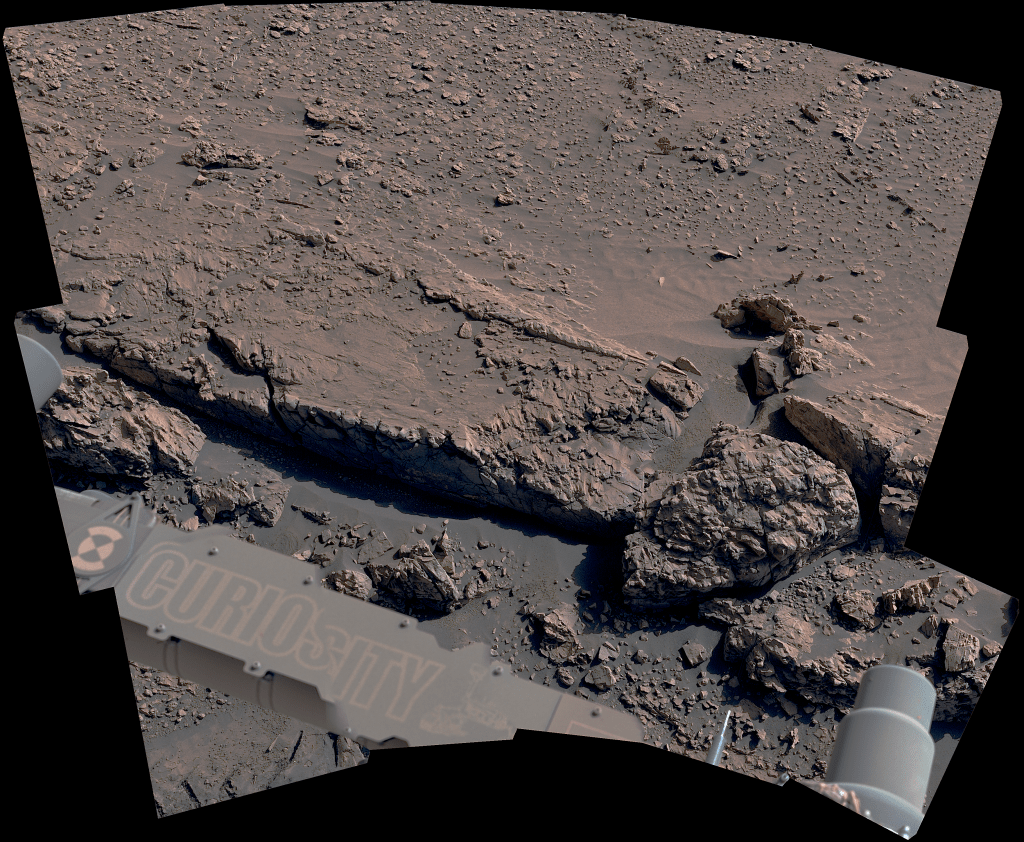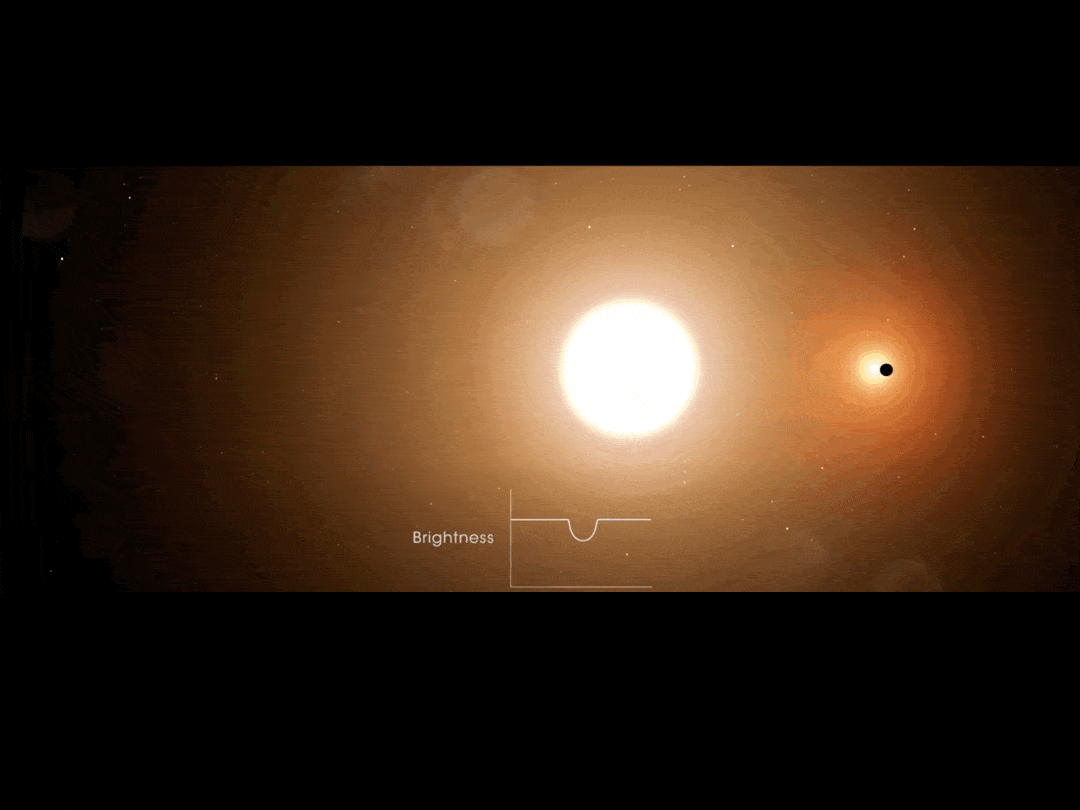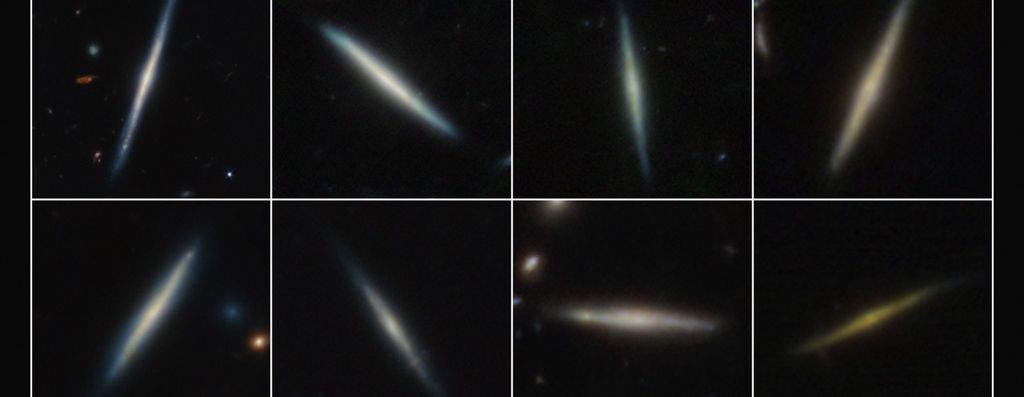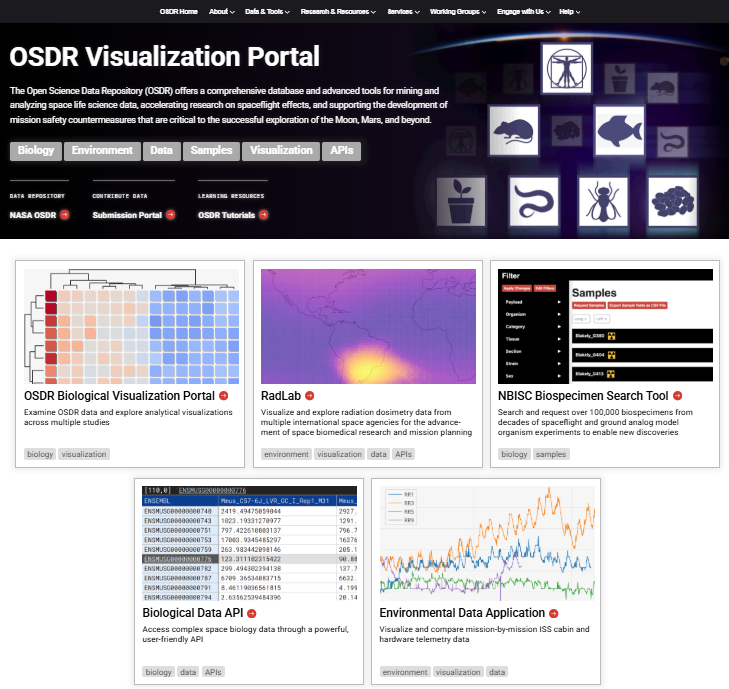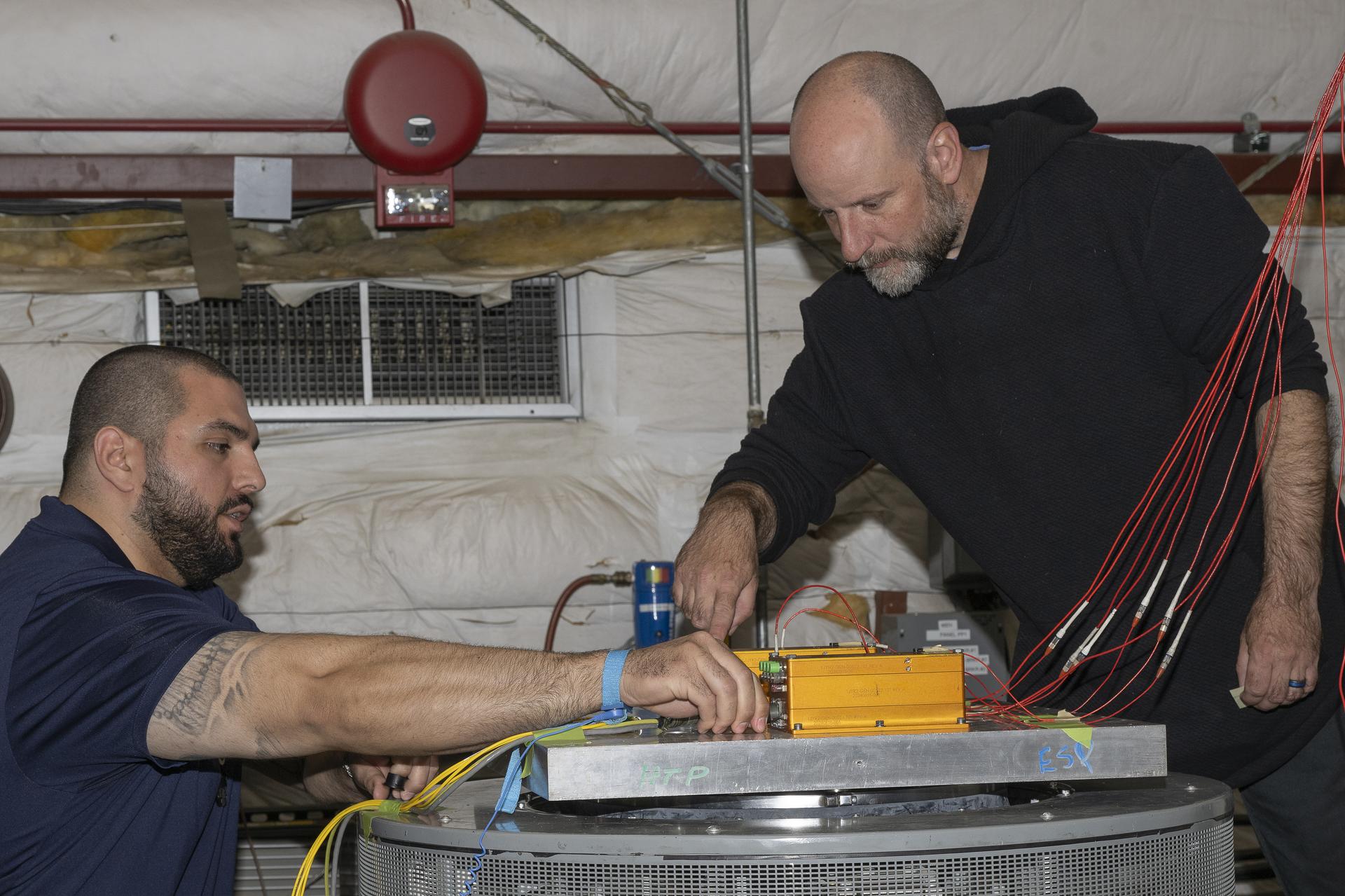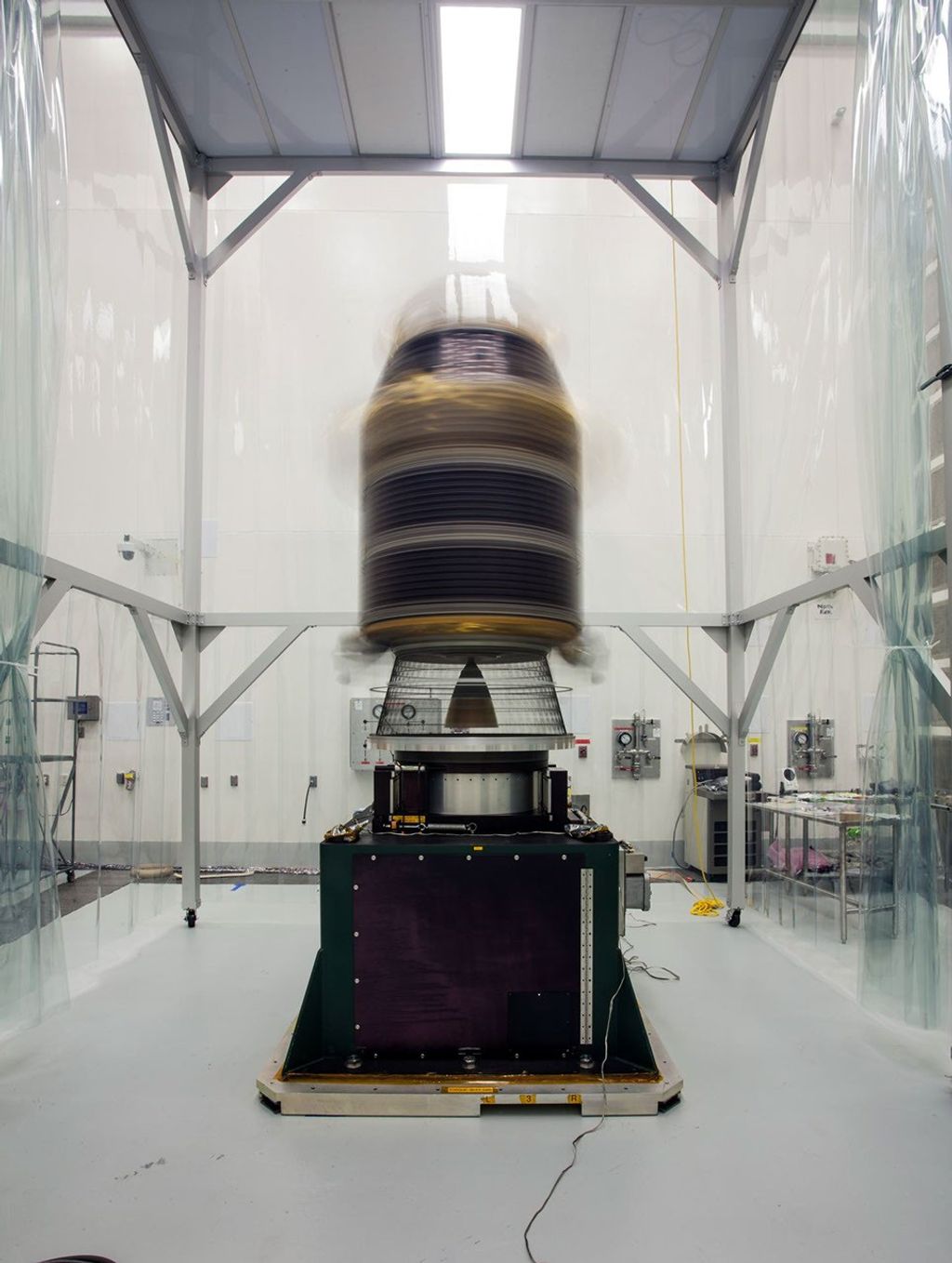Solar System Exploration Stories
Filters
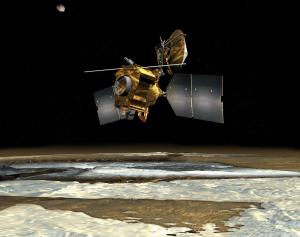
The Mars Reconnaissance Orbiter is testing a series of large spacecraft rolls that will help it hunt for water. After nearly 20 years of operations, NASA’s Mars Reconnaissance Orbiter (MRO) is on a roll, performing a new maneuver to squeeze…
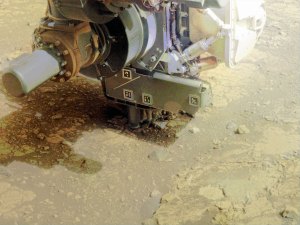
In addition to drilling rock core samples, the science team has been grinding its way into rocks to make sense of the scientific evidence hiding just below the surface. On June 3, NASA’s Perseverance Mars rover ground down a portion…
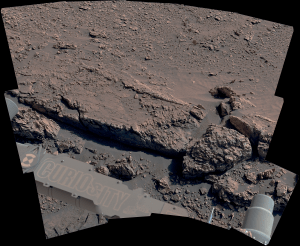
The rover recently drilled a sample from a new region with features that could reveal whether Mars’ subsurface once provided an environment suitable for life. New images from NASA’s Curiosity Mars rover show the first close-up views of a region…
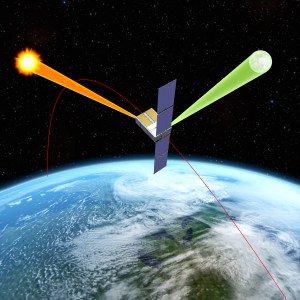
Editor’s note: NASA’s Arcstone lunar calibration instrument lifted off aboard the Transporter-14 rideshare mission with SpaceX via launch integrator Maverick Space Systems from Vandenberg Space Force Base in California on June 23, 2025 at 2:25 p.m. PT. NASA will soon launch a one-of-a-kind instrument, called Arcstone, to…
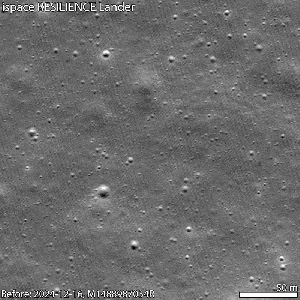
On June 11, NASA’s LRO (Lunar Reconnaissance Orbiter) captured photos of the site where the ispace Mission 2 SMBC x HAKUTO-R Venture Moon (RESILIENCE) lunar lander experienced a hard landing on June 5, 2025, UTC. RESILIENCE was launched on Jan.…
.jpg?w=300&fit=clip&crop=faces%2Cfocalpoint?w=300px)
from NASA’s Heliophysics Education Activation Team (NASA HEAT) and the Astronomical Society of the Pacific/Night Sky Network Have you ever wondered about what the Sun is made of? Or why do you get sunburned on even cloudy days? NASA’s new…

UPDATE June 20, 2025: The first rocket of the SEED mission launched on Friday, June 20, at 8:27 p.m. Marshall Islands Time (MHT). Principal investigator Aroh Barjatya reports that good data were received from the main and ejectable subpayloads and…

The 2001 Odyssey spacecraft captured a first-of-its-kind look at Arsia Mons, which dwarfs Earth’s tallest volcanoes. A new panorama from NASA’s 2001 Mars Odyssey orbiter shows one of the Red Planet’s biggest volcanoes, Arsia Mons, poking through a canopy of…

Planets, Solstice, and the Galaxy Venus and Saturn separate, while Mars hangs out in the evening. Plus the June solstice, and dark skies reveal our home galaxy in all of its glory. Skywatching Highlights All Month – Planet Visibility: Daily…

by Kat Troche of the Astronomical Society of the Pacific Here on Earth, we undergo a changing of seasons every three months. But what about the rest of the Solar System? What does a sunny day on Mars look like?…

